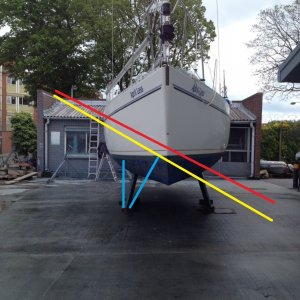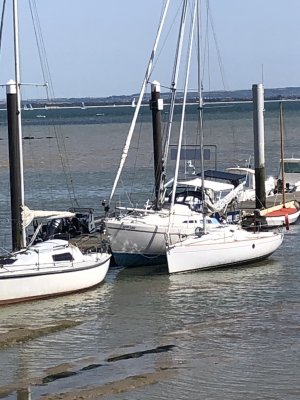Barton Seagoon
Member
Hi everyone. When discussing the relative merits of fin keel vs bilge keels, people often say that a bilge keel will get deeper (more draught) as the boat heels over, while a fin keel will get shallower. Thus the lateral resistance will change accordingly. Has anyone ever measured this on a real boat to see if this is true, and how they compare? I understand the theory, but what is the situation in practice? (Of course there are lots of other pros and cons of both designs, which we don't need to repeat in this thread)
I originally posted this question in the Westerly Owners forum, and Concerto has sent a helpful reply, but I am keen to hear further thoughts (and maybe real experience) from this august bunch of know-it-alls
I originally posted this question in the Westerly Owners forum, and Concerto has sent a helpful reply, but I am keen to hear further thoughts (and maybe real experience) from this august bunch of know-it-alls


